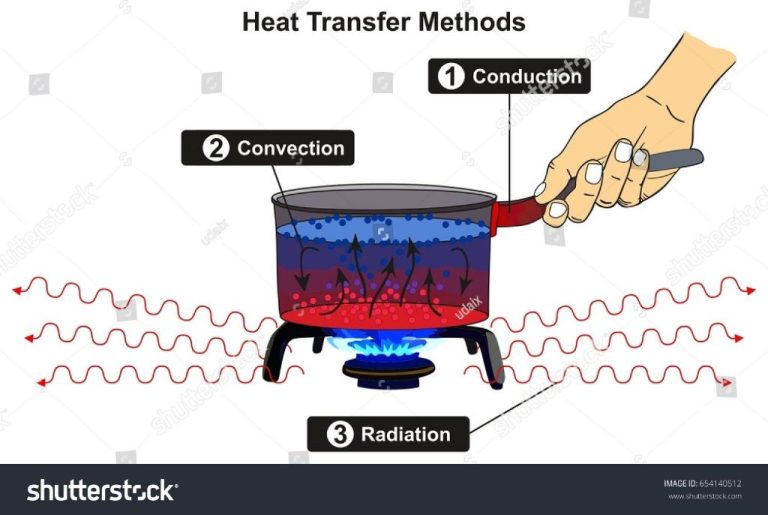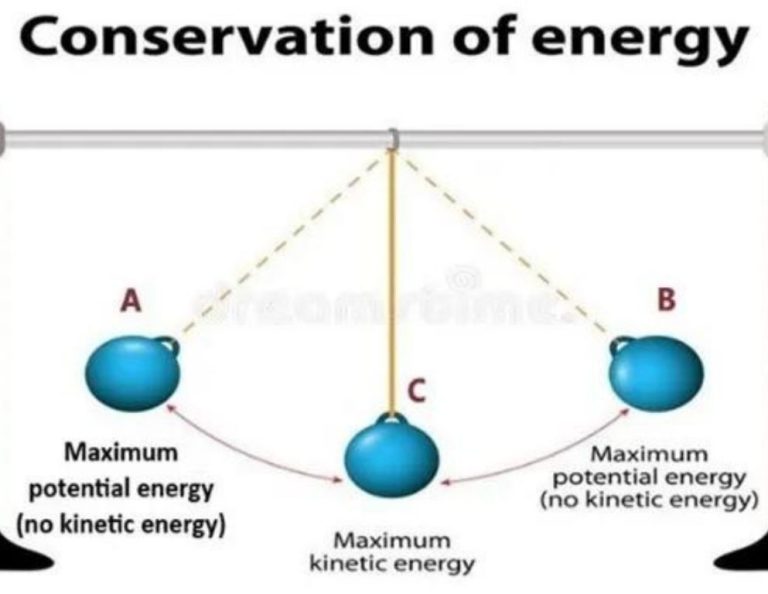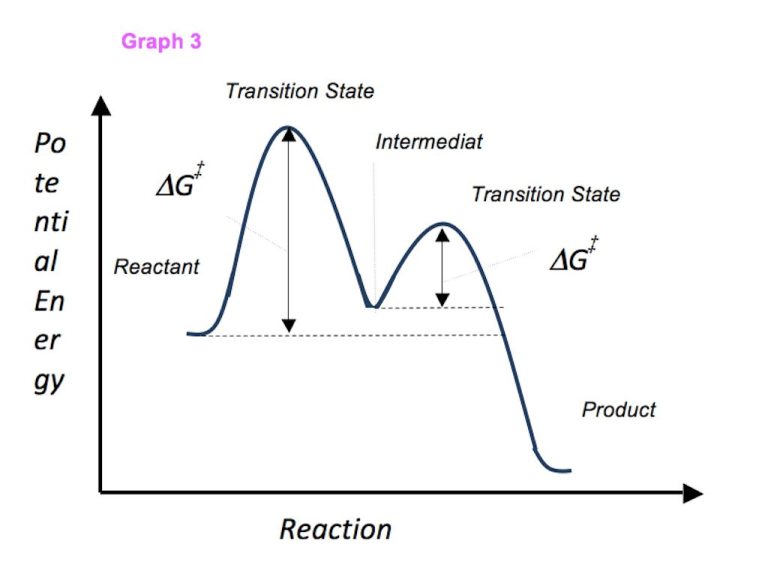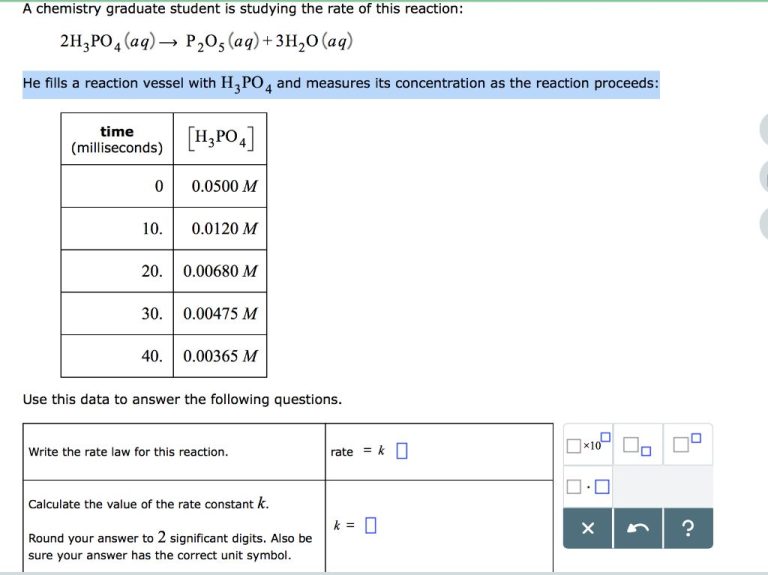How Is Chemistry Important In Our Daily Life?
Chemistry plays a vital role in our daily lives in numerous ways that we often take for granted. From the moment we wake up to the time we go to sleep at night, chemistry is at work, having a hand in almost everything we do. This article will explore some of the many ways chemistry impacts our day-to-day lives.
Chemistry is present in the air we breathe, the food we eat, the medicines that keep us healthy, the products we use to keep ourselves clean and our homes spotless, and in the fuels that power our vehicles and heat our homes. Without chemistry, many items and technologies that we rely on heavily would not exist.
Understanding how chemistry affects our everyday routines can give us a greater appreciation for this branch of science. It highlights how integral chemistry is in both assisting us in our daily activities and in advancing our modern way of life.
Cooking and Food
Cooking involves numerous chemical reactions that change the composition and characteristics of food. Heating, mixing, and adding other ingredients causes complex chemical changes that create specific flavors, textures, aromas, and appearances. Understanding the chemistry behind cooking enables chefs and home cooks to master techniques that lead to tasty results.
The sensation of taste relies on chemical receptors in the mouth and nose. Salty, sweet, sour, bitter, and umami flavors are all produced by different chemical compounds. The distinctive tastes of ingredients like sugar, salt, citrus, coffee, soy sauce, and others come from their unique chemical makeup. Professional chefs aim to balance and accentuate flavors by combining ingredients with complementary chemical properties.
The texture of foods is also determined by their molecular structure. Cooking techniques like whisking, kneading, and emulsifying change texture by rearranging food molecules. Heating causes starches to gelatinize into thicker consistencies. Cold temperatures or acids make fat molecules solidify into emulsions like butter or mayonnaise. Understanding how heat and chemistry interact gives cooks control over the final texture.
Food chemistry explains how preservatives, leavening agents, and other additives work. Preservatives prevent spoilage through microbial inhibition, antioxidant activity, or other chemical effects. Emulsifiers keep ingredients combined that would normally separate, like oil and water. Leavening agents produce gas bubbles that make baked goods rise. Using chemistry principles, food manufacturers optimize flavors, textures, safety, and shelf life.
Medicine and Pharmaceuticals
Chemistry is vital for developing and producing the medicines that keep us healthy. The pharmaceutical industry relies heavily on organic chemists to design and synthesize new drug compounds. Medicinal chemists use their chemistry knowledge to alter molecular structures and control drug properties like solubility, biological activity, toxicity, and more. They systematically test chemical variations to optimize the effectiveness and safety of potential new medicines.
Pharmacokinetics, or how the body processes drugs, also depends on chemical analysis and an understanding of chemical reactions. Chemists study how molecular structure and properties determine the absorption, distribution, metabolism, and excretion of different drug compounds in the human body. This helps set optimal dosages and minimize side effects.
Even over-the-counter medicines like pain relievers, cough and cold remedies, antacids, and allergy medications require extensive chemistry knowledge to develop and produce. Chemists isolate and purify active ingredients, test reactions and stability, and analyze samples throughout the manufacturing process to ensure quality and consistency. The active ingredients, fillers, colorings, flavorings, and coatings in pills, capsules and liquids all depend on chemical engineering and analysis.
Hygiene and Cosmetics
Chemistry plays an integral role in our personal hygiene and cosmetics. Many of the products we use on a daily basis contain chemical compounds that help keep us clean, healthy, and looking our best.
Soaps and detergents contain surfactants that help remove dirt, oil, and microbes. Surfactants are amphiphilic compounds, meaning they contain both hydrophilic (water-loving) and lipophilic (fat-loving) groups. This allows them to bridge the gap between water and oils, suspending grease and enabling it to be rinsed away. Common surfactants include sodium laureth sulfate and ammonium lauryl sulfate.
Shampoos leverage the cleaning power of surfactants to wash away dirt and oil from hair. They also often contain conditioning agents to leave hair soft, smooth, and manageable. Chemistry allows formulators to create specialized shampoos and conditioners suited for different hair types and needs.
Toothpaste relies on abrasives like calcium carbonate to scrub plaque off teeth gently. Fluoride, typically in the form of sodium fluoride, helps strengthen tooth enamel and prevent cavities. Toothpaste also contains surfactants to generate foam, preservatives to prevent bacterial growth, and flavors and sweeteners to make brushing palatable.
Mouthwash utilizes antiseptic ingredients like cetylpyridinium chloride to kill germs that cause bad breath and dental plaque. Ethanol acts as a solvent while glycerin prevents dryness. Essential oils and menthol provide breath freshening.
Perfumes and deodorants use fragrant chemical compounds to mask body odor and allow personal expression. Deodorants reduce underarm bacteria growth and help control wetness. The most common active ingredient is aluminum zirconium tetrachlorohydrex gly or aluminum chlorohydrate. Perfumes contain complex proprietary blends of natural and synthetic scents.
Cosmetics like foundation, lipstick, mascara, and more allow people to enhance their appearance. Pigments provide color while waxes, oils, and emulsifiers give each product the right texture. Preservatives prevent contamination and extend shelf life. Understanding skin chemistry allows formulators to create effective products suited for different needs.
Cleaning Products
Many of the products we use for cleaning and disinfecting rely heavily on chemistry. Common household cleaners like surface cleaners, bleach, and disinfectants use chemicals like surfactants, alkalis, acids, and bleach (sodium hypochlorite) to help remove dirt, kill microbes, and sanitize surfaces in our homes.
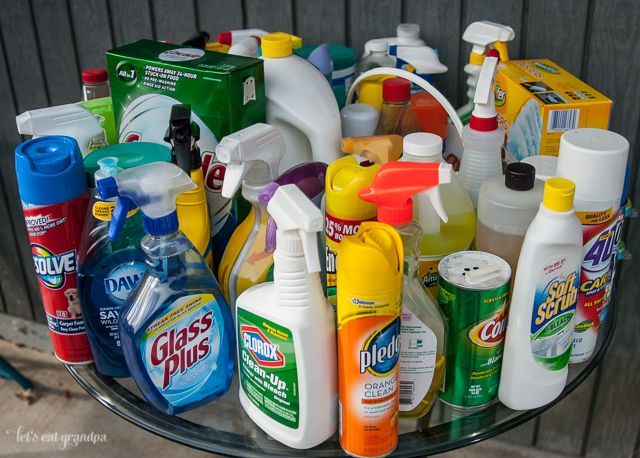
Surfactants are compounds that lower the surface tension of water, allowing it to spread out and penetrate surfaces better. They act as wetting agents that help loosening dirt and grease so they can be rinsed away. Alkalis like ammonia help dissolve grease and fatty acids, making them ideal for cleaning ovens and bathrooms. Acids like vinegar can help descale and disinfect. Bleach contains sodium hypochlorite which acts as a strong oxidizing agent to kill bacteria and sanitize surfaces.
Stain removers also rely heavily on chemistry. Enzyme-based stain removers use compounds like proteases, lipases, and amylases that break down and digest proteins, fats, and starches. Other stain removers rely on surfactants and solvents to help lift and dissolve stains. Oxygen bleach uses hydrogen peroxide to oxidize and break down stubborn stains through a chemical reaction.
Understanding the chemistry behind how cleaning and disinfecting products work allows chemists to optimize their formulations for effectiveness and safety. The right combinations of surfactants, solvents, acids, alkalis, and disinfectants can help keep our homes clean and sanitary.
Fuels and Energy
Chemistry plays a crucial role in the fuels and energy that power our modern world. The most notable example is gasoline for vehicles. Gasoline is a complex mixture of hydrocarbons derived by refining crude oil – a process dependent on chemical engineering and analysis. Modern civilization runs on gasoline to power cars, trucks, planes, ships and more. Similarly, diesel fuels power heavy machinery and transport. Both gasoline and diesel engines rely on chemical combustion reactions to provide energy.
Biofuels are gaining increasing attention as renewable alternatives to petroleum-based fuels. Ethanol produced from corn and sugarcane is blended into gasoline. Biodiesel made from vegetable oils can power diesel engines. Creating viable biofuels requires expertise in organic chemistry and chemical processing.
Batteries utilize electrochemical reactions to store and release energy, enabling portable electronics and electric vehicles. Lithium-ion batteries are a prime example, where lithium ions move between two electrodes during charge and discharge cycles. Battery technology relies heavily on electrochemistry and materials science.
Nuclear power provides a major source of electricity in many countries. Nuclear reactors harness the immense energy released during nuclear fission of heavy elements like uranium and plutonium. The entire nuclear fuel cycle – including uranium enrichment, fuel fabrication, reactor operation, and waste disposal – depends on nuclear chemistry and related fields.
Manufacturing and Materials
Chemistry plays a crucial role in manufacturing and materials science. Metals, alloys, ceramics, polymers and other materials are all heavily dependent on chemical processes and principles to produce.
Many modern metals like steel and aluminum alloys are created by manipulating their chemical compositions to achieve desired properties like strength, durability and corrosion resistance. The development of stronger steel alloys through chemical composition changes helped enable skyscrapers, long bridges and more durable infrastructure.
Ceramics and advanced polymers like Kevlar and carbon fiber composites rely on sophisticated chemistries to produce materials that are heat and chemical resistant while also being lightweight and strong. Chemical engineers develop and tweak manufacturing processes to improve production efficiency, quality control and cost effectiveness for these materials.
Material science leverages chemistry principles to deeply understand how the atomic and molecular structure of materials defines their macroscopic properties. This enables scientists to engineer new composites and smart materials optimized for specific applications like microchips, aerospace components or medical implants.
Agriculture
Chemistry plays a crucial role in agriculture and food production. Fertilizers containing nitrogen, phosphorus, and potassium provide plants with the nutrients they need for growth. Chemical pesticides and insecticides protect crops against pests and diseases. Improving crop yields through agricultural chemistry allows us to produce enough food to feed the world’s growing population.
Developments in agricultural chemistry have dramatically increased crop yields over the past century. The Haber process produces synthetic ammonia fertilizer by combining nitrogen and hydrogen under high temperatures and pressures. This process enabled the mass production of nitrogen fertilizers. Other fertilizers like superphosphates and potash provide crops with essential minerals to enhance growth.
Chemical pesticides and insecticides also enable us to grow bountiful crops by controlling pests like weeds, fungi, and insects that can damage plants and reduce yields. These chemicals must be applied judiciously to balance high agricultural productivity and ecological sustainability.
Livestock also benefit from nutritional supplements containing essential vitamins, minerals, and compounds to promote growth and health. Ruminant animals like cattle can digest cellulose in grass and hay with the help of chemical compounds created by symbiotic bacteria in their digestive systems.
Agricultural chemistry empowers us to feed a growing global population by increasing food production in a sustainable manner. With careful management, chemicals can optimize crop yields while minimizing ecological impacts.
Environment and Sustainability
Chemistry plays a vital role in environmental protection and building a sustainable future. Chemists contribute to developing solutions for some of our most pressing environmental issues.
Water treatment relies on chemistry to remove contaminants and purify drinking water. Chemical processes like precipitation, coagulation, absorption, and disinfection are used in most municipal water treatment plants. Understanding water chemistry helps monitor and improve water quality in our lakes, rivers and oceans.
Chemists also develop technologies and processes to control air pollution from vehicle emissions and industrial activities. Catalytic converters in cars use chemistry to convert toxic gases into less harmful compounds. Scrubbing systems in power plants utilize chemical reactions to capture sulfur dioxide and nitrogen oxides before they reach the atmosphere.
Recycling depends on separation techniques and chemical processing to recover useful materials from waste. For example, used plastic bottles are sorted, shredded, melted, and purified to make new plastic products. Sustainable chemistry strives to design products and processes that minimize waste through greater efficiency and safer chemical substitutions.
The principles of green chemistry encourage scientists to develop innovative solutions that reduce or eliminate hazardous substances. Biodegradable plastics, non-toxic solvents, renewable feedstocks, and energy efficiency are examples of how green chemistry protects human health and the environment.
Overall, modern life as we know it simply would not be possible without the problem-solving contributions of chemistry. Chemists continue working to build a cleaner, safer, and more sustainable world for everyone.
Conclusion
In summary, chemistry plays an indispensable role in nearly every facet of our daily lives. From the moment we wake up to the moment we go to sleep, chemistry is at work keeping us healthy, clean, nourished, and safe. The chemical reactions and properties that allow foods to cook properly, shampoos to clean our hair, fuels to power transportation, and medicines to treat illness are just a few examples.
Without the advanced chemical knowledge we possess today, modern technological conveniences would not be possible. Chemistry has enabled countless innovations that make daily tasks more efficient, comfortable, and convenient. The study of chemistry has also allowed us to produce new materials that have changed how we construct buildings, vehicles, electronics, clothing, and more.
Additionally, chemistry is indispensible for tackling environmental issues and developing sustainable solutions. Chemists are hard at work identifying ways to reduce pollution, conserve resources, and develop cleaner energy alternatives through their research and expertise.
In short, chemistry forms the foundation for nearly all aspects of our health, society, and technological progress. Although its principles may at times seem abstract, the impacts of chemistry on our day-to-day quality of life are undeniably profound.


